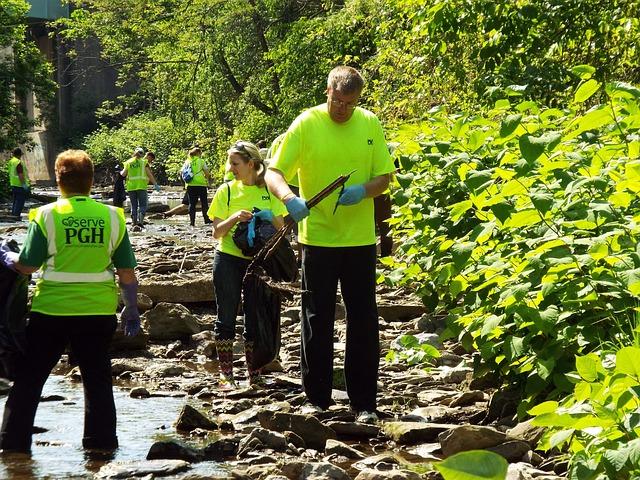- Introduction to Living Lands & Waters River Cleanups
- The Environmental Impact of River Cleanups
- Challenges Faced During River Cleanups
- How Volunteers Make a Difference
- Looking Toward the Future of River Conservation
- Conclusion
- FAQs
- References
Introduction to Living Lands & Waters River Cleanups
Living Lands & Waters is an amazing nonprofit organization that focuses on the protection, preservation, and restoration of rivers in the United States. Since its founding in 1998 by Chad Pregracke, the crew has worked tirelessly to maintain healthy water systems through widespread river cleanups and education. Not only do they remove tons of debris from rivers each year, but they also educate the public to care for their water sources and inspire more participation.
This mission is critical because rivers are often subjected to hazardous waste and garbage due to industrial pollution and human neglect—leading to significant damage to the ecosystems dependent on those waters. In this article, we will explore how river cleanups impact the environment, examine the challenges faced during these efforts, applaud the role of volunteers in the cleanup mission, and take a glimpse into the future of river conservation.
The Environmental Impact of River Cleanups
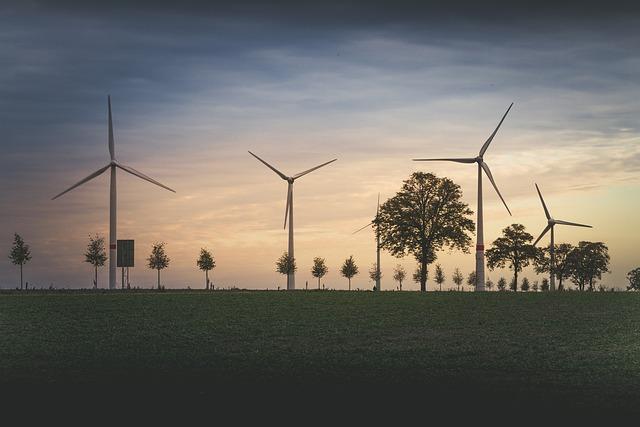
(Image: Pixabay/@mrganso)
River cleanups have a profound environmental impact, contributing directly to restoring damaged ecosystems, protecting wildlife, and improving biodiversity. Over the years, Living Lands & Waters has removed over 10 million pounds of trash and debris. This includes abandoned boats, plastic bottles, tires, and large metal objects.
The impact isn't just about numbers—it’s about nurturing fragile aquatic ecosystems. By removing harmful pollutants like plastics, garbage, and chemicals from the water, river cleanups help restore healthy environments for fish, amphibians, birds, and other wildlife. Additionally, reducing sediment buildup can allow rivers to flow normally, preventing floods and erosion that could further harm landscapes.
There's also a significant improvement in water quality post-cleanup. Rivers serve as drinking water for wildlife, communities, and agricultural purposes, so clean water promotes better overall human health as well. Restoring rivers can drastically reduce harmful chemical contamination that seeps through the food chain.
In sum, river cleanups conducted by groups like Living Lands & Waters greatly aid in revitalizing natural spaces, ensuring these areas continue to thrive for future generations, bringing health, safety, and beauty back to the shores.
Challenges Faced During River Cleanups
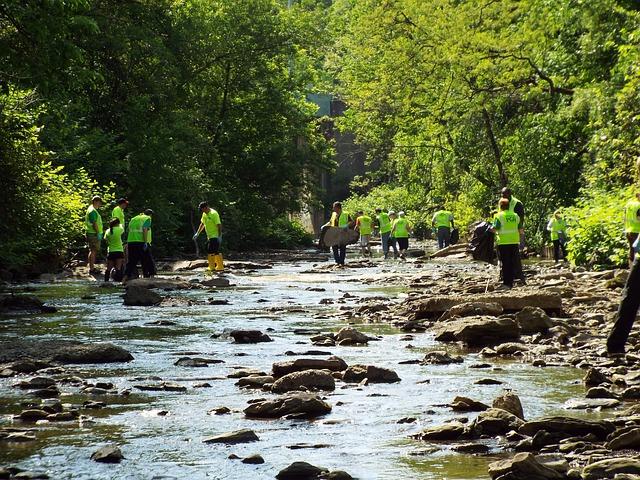
(Image: Pixabay/@antoinetteforwine)
While the results of river cleanups are undeniably positive, the actual process of conducting these operations is far from easy. Cleaning up the rivers comes with several logistic and environmental challenges that make the work even more complex.
One major challenge is accessibility. Many rivers—the Mississippi River Basin being a prime example—have hidden pockets where waste collects, making these areas unreachable by standard equipment. The crew often needs specialized boats and gear to access and retrieve debris from remote or heavily vegetated sections of the rivers.
Another challenge is the sheer variety of waste pulled from the water. As mentioned earlier, river cleanups often involve more than just picking up a few plastic bottles. Volunteers frequently discover large and heavy objects, including wrecked vehicles, derelict appliances, and medical waste. Each type of trash requires special handling, which can slow down the process and require additional resources for their proper disposal.
Seasonal weather conditions also play a role in hindering river cleanups. Flood stages, harsh winters, and unpredictable storms may delay projects for weeks or even months, making planning difficult. And let’s not forget the danger involved in dealing with toxic substances or sharp objects submerged deep in silt.
Therefore, river cleanups aren’t just monumental efforts—they are true feats of coordination, risk management, and perseverance against the odds.
How Volunteers Make a Difference
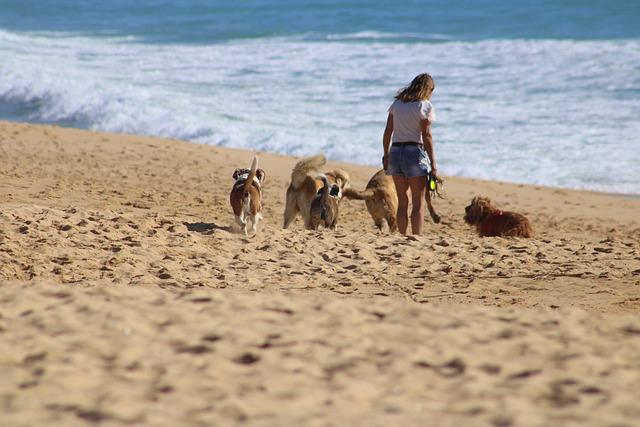
(Image: Pixabay/@inonoyazy)
The heart and soul of Living Lands & Waters’ river cleanups are its volunteers; without them, the scale of these operations would never be possible. Thousands of people from across the U.S. come together for community-driven cleanup events, demonstrating the power of collective action against pollution.
Volunteers handle a host of behind-the-scenes efforts, from simply pulling trash from the water to organizing logistics and leading local education initiatives. Some come alone, while others participate through corporate sponsorships and partnerships with schools, lending extra manpower and resources.
Beyond their physical labor, volunteers drive attention to critical environmental concerns. Participants transform into advocates, often carrying the lessons they learn about sustainability and environmental protection back to their workplaces, schools, and families. This ripple effect creates longer-lasting outcomes beyond just removing debris.
Importantly, cleanup events prove that impactful change starts with individual actions. Volunteers don’t need prior experience or advanced knowledge—they just need the willingness to make a difference, one bag of litter at a time, knowing their contributions are essential to broader social and environmental efforts nationwide.
Looking Toward the Future of River Conservation
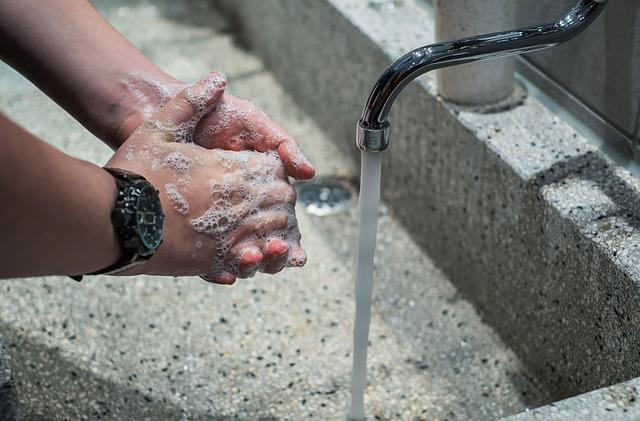
(Image: Pixabay/@Couleur)
As awareness of environmental issues like climate change continues to rise, the future of river conservation is becoming ever more crucial. The team at Living Lands & Waters knows this firsthand, as they constantly work on new ways to expand their reach and improve results.
In the future, efforts to protect rivers will include several key components. First, technology will play a bigger role. Innovations in bioengineering may offer more efficient ways of restoring damaged water systems, and drones or AI might improve waste collection in difficult-to-reach areas.
Secondly, education remains the key to sustaining progress. Living Lands & Waters aims to deepen their outreach efforts, embedding environmental studies into local curriculums and helping children cultivate eco-friendly habits from a young age. Moreover, partnerships with businesses and institutions to prioritize sustainability standards in commercial practices will be incredibly beneficial.
Finally, proactive policies will aid river conservation efforts. Governments and regulatory agencies will need to institute stricter policies regarding waste, runoff, and industrial pollution control—ensuring future generations inherit clean waterways. With concerted advocacy and collaboration from nonprofits, policymakers, and corporations, the hope is that future initiatives will not just halt pollution but reverse the damage done.
Conclusion
Living Lands & Waters is leading a magnificent example of what determined individuals can do for the environment. From pulling unimaginable quantities of garbage out of America’s rivers to educating and inspiring current and future generations, their contributions cannot be overstated.
While river cleanups present many challenges and difficulties, the organization's achievements demonstrate how resilience and dedication can overcome huge obstacles. Volunteers stand at the center of their success, offering hope and tangible results through every piece of trash removed.
The future of river conservation is bright when organizations like this are supported by both individuals and institutions. It's clear that the lasting impacts of clean water and healthy ecosystems go far beyond a simple day's work—they benefit our planet, our communities, and ourselves.
FAQs
How can I get involved with Living Lands & Waters?
You can visit the Living Lands & Waters official website and register to volunteer for scheduled events. There are also opportunities to support their work through donations and organizing community cleanups in your area.
What types of debris are removed during river cleanups?
Debris removed from rivers ranges from household waste (plastic bottles, bags, foam containers) to larger industrial items like tires, refrigerators, old cars, and even sunken boats. Volunteers also find hazardous wastes like chemicals, syringes, and medical supplies.
Why are rivers so polluted?
Rivers become polluted due to industrial runoff, littering, improper waste disposal, illegal dumping, and lack of awareness about environmental protection. Moreover, floods and rains often wash garbage from streets and fields into the waterways, compounding the issue.
Is river conservation solely about removing trash?
No, river conservation extends beyond removing visible trash. It involves preventing future pollution, advocating for policy changes, restoring aquatic ecosystems, and promoting community engagement and education for sustainable practices.

